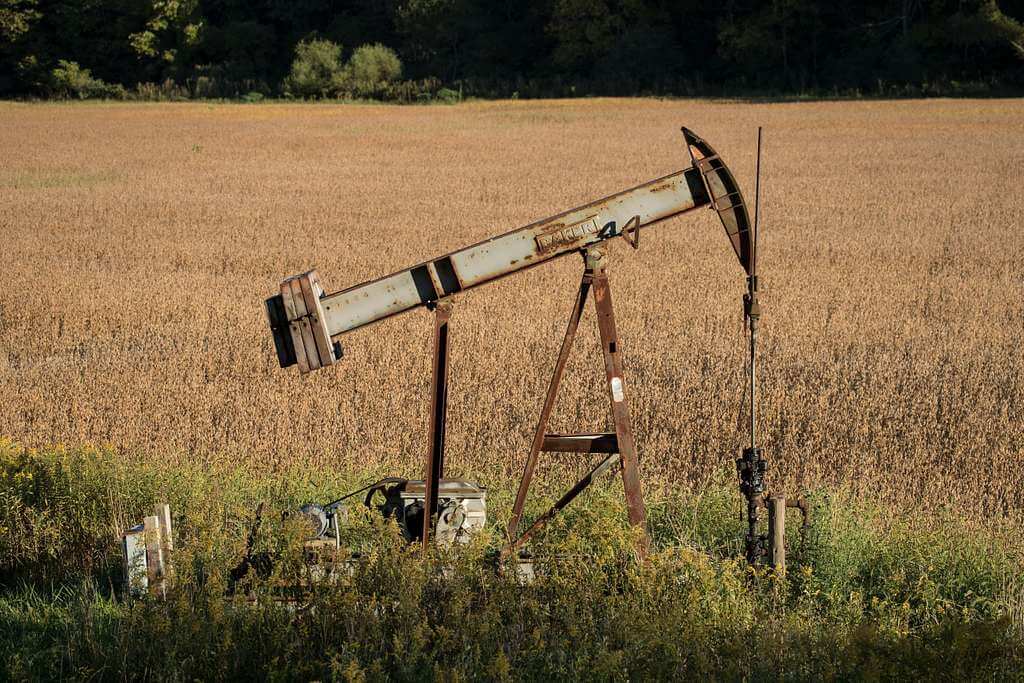For some people, a cabin in the mountains is the equivalent of an earthly paradise. When daily life means noisy neighbors and traffic jams, getting away from it all and having nothing but peace and quiet sounds like heaven on earth.
Those of us living in the 21st century aren’t the first to think this way. Humans have long been fascinated by trees and forests. Henry David Thoreau, an iconic lover of the woods, wrote, “I took a walk in the woods and came out taller than the trees.” The naturalist John Muir had similar thoughts: “And into the forest I go to lose my mind and find my soul.”
If thoughts like these have you itching for some wooded land of your own, or if you’re looking to buy wooded acreage as a long-term investment, here are a few important things to consider before you pull out the checkbook.
- Your Purpose for Buying
- Ease of Access
- Timber Rights
- Mineral Rights
- Deed Restrictions
- Conservation Easements
- Environmental Issues
1. Your Purpose for Buying the Land
You may already know why you want to buy a tract of timberland, but it doesn’t hurt to think about this in some detail. Having a clear reason for buying the land will affect the questions you ask as you search for a piece of ground. Regardless of your ultimate goal, you will still have some value in the timber, but your purpose will affect the specific kind of acreage you buy.
Timber value
If your only reason for buying land is to invest in timber, then you need to make sure that you are buying the best piece of ground for the best price. Just because land has trees on it doesn’t mean that it’s a good investment.
Since valuing timber requires specialized knowledge, it’s highly advisable to contact a forester before making a purchase. Some questions you should ask include:
- How healthy is the forest?
Find out if there are any regional pest or disease issues that could affect the long-term health and value of the trees.
- How diverse is the forest?
The best options for long-term value will include a mix of tree species as well as a mix of ages among the trees.
- How competitive is the market?
Think about when it was last logged, and how long it will be until it can be logged again. Unless you’re paying a premium price, don’t count on being able to buy the land and sell the timber immediately.
- How easy will it be to harvest the timber?
This is determined by a number of factors, such as how close access roads are, how steep the terrain is, and if temporary bridges are needed.
Hunting Ground
If your main purpose for the land will be hunting, the timber value won’t be as important to you. But you should still have some idea of the health of the acreage. A healthy, well-balanced forest will provide better habitat for the game animals you hope to encounter. Ask the locals to see what kind of game has been harvested from the surrounding properties.
Family Getaway
If you are hoping to find a home away from home, you will also want to think about what’s located on the property. Is there any kind of dwelling? Is electricity easy to come by? If there is currently no hook-up, is there electricity nearby, or would it take a large investment to connect to the grid?
What are the roads like? And how far is it from home? Don’t let a tantalizing price distract you from how many hours you might spend trying to get there. If it’s too far, then all that relaxation might come at too high a cost.
2. Property Access
Sometimes, getting there is half the fun, but other times, getting there isn’t fun at all. When you prepare to buy your woodland, think about how you are going to get there. It’s never a good idea to buy something sight unseen.
Once you’re in the area, will it require miles of gravel road? Is it surrounded by other properties (landlocked), or is there a road to a public highway? In the former case, getting an access road to your property could be a lot of trouble.
Don’t think just of what it will be like for you to drive the nearby roads, but (if you plan to log it) think about how hard it will be for logging trucks and equipment to get there and to get around once they are there. This could be especially a challenge in more rugged areas.
If you do hope to log the land, find out how far you are from sawmills, and how many sawmills are in the area. Being close to a sawmill, and especially being close to more than one, will affect how much money you are likely to get from your trees. It’s all about convenience (and competition)!
3. Timber Rights
Imagine buying wooded land, only to find out that you don’t own the rights to the wood on that land! This doesn’t happen often, but the fact that it has happened means that you need to verify this information. There have been cases where new purchasers were not aware of existing timber contracts. This could be because they didn’t thoroughly investigate the property or because the contracts were never publicly recorded.
It’s important to get local, professional help to verify this information. If the contract wasn’t publicly recorded, it could be impossible to fully verify this. But at the very least, due diligence at the local courthouse may spare you at least some unpleasant surprises.
4. Mineral Rights
If you have visions of selling timber from the surface and tapping the soil for gas or oil, you should realize that subsurface rights don’t always come with the property. Not everyone is aware that just because you own land doesn’t mean that you own everything under your feet.
While the issue of mineral rights doesn’t apply in every location, it can have a significant impact in certain places, especially those that have oil or gas reserves. In these areas, you’ll want to know if the surface and subsurface rights have been separated. If they have, this will mean that you own the surface (including the timber), but that someone else owns the oil, gas, and other minerals beneath you.
So don’t be blindsided, thinking that you can capture the value of what’s below ground, only to find out that someone else has been there first.
5. Deed Restrictions
Deed restrictions are legal limitations on how a property can be used. They are often used to prevent commercial development in a residential area. These restrictions will be publicly filed, so it will be easy to find out if there is a deed restriction on a property you are considering.
The next section will discuss conservation easements, which are used to keep land from being developed. Those easements are the most common way that land is limited in use, but it is possible that someone has set up a deed restriction on your potential property either to limit its development or to dictate the kinds of activity that can be performed there.
6. Conservation Easements
According to the North American Land Trust, “A Conservation Easement is a voluntary legal agreement between a landowner and a land trust or government agency that permanently limits uses of land in order to protect its conservation values.”
These easements usually have two benefits: they limit the use of land so it can be conserved, and, by limiting the use of land, they often provide tax breaks to owners who choose to use them.
You should have some knowledge about these easements, because once they are placed on a property, they transfer with the property. These agreements often prohibit things like subdivisions and residential construction. Because these limits are placed on a property, they tend to reduce the value of a property.
You will need to be aware of any easements that exist on a property you are considering, as well as what limitations those easements impose. It’s possible that your ability to log the timber could be partially or completely restricted. You may also be limited in the road or other improvements that you are considering.
7. Environmental Issues
In some regions, there will be environmental issues that you need to know about. These issues could affect how much of the timber you can cut (or even if you can cut it at all).
Legacy oil/gas wells.
A legacy well is one that has been abandoned but that has never been properly decommissioned. In most of these cases, there is no way to know or to contact the person or entity who was originally responsible.
In some states, such as Pennsylvania, as the new landowner you are not responsible for properly sealing off the well, but it could affect things around you.

Protected species
Sometimes there are protected or endangered species that can cause problems for someone wanting to cut timber. If cutting the timber will destroy or disturb habitat, there could be restrictions on what you can do. Again, seeking professional advice will be invaluable.

Wetlands
Depending on the location, wetlands can affect your ability to log. This may apply not only to places you traditionally think of (like swamps), but also to streams and rivers. Some states have regulations that affect how closely you can encroach on the bodies of water when cutting down trees. This means that you may not be able to cut all of the timber that is on your property.
Wrapping it up
To sum things up, purchasing woodland is a big decision. While this article hasn’t been able to touch on every point, keeping in mind the seven things we’ve covered will help you to grasp the kind of information that you should gather.
